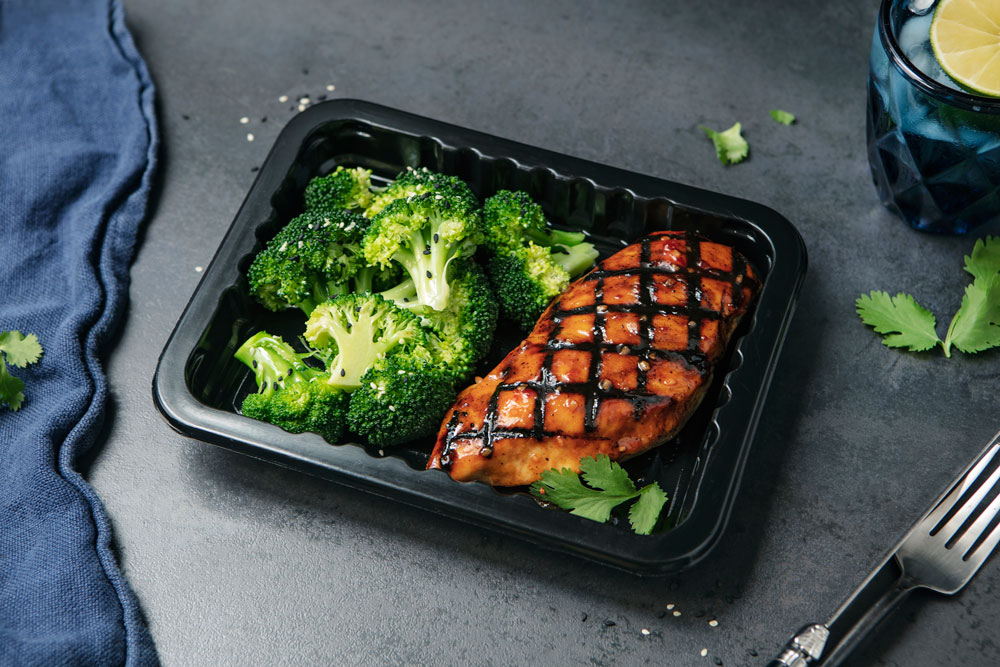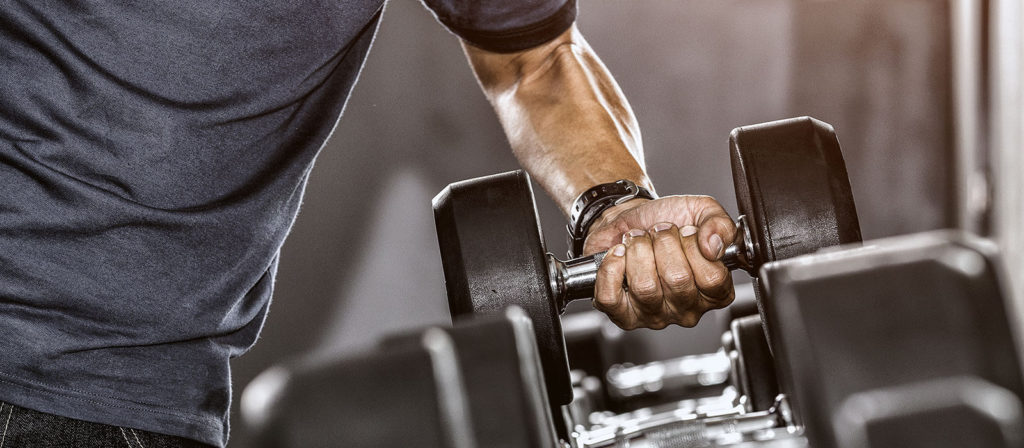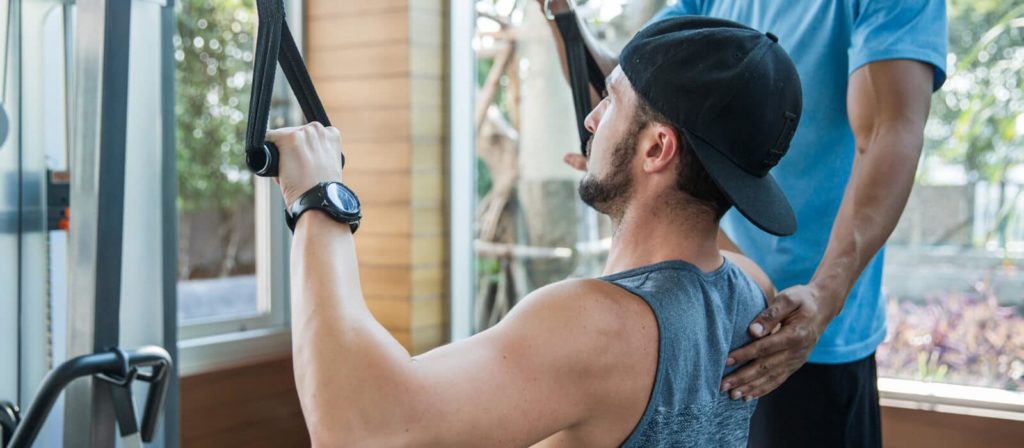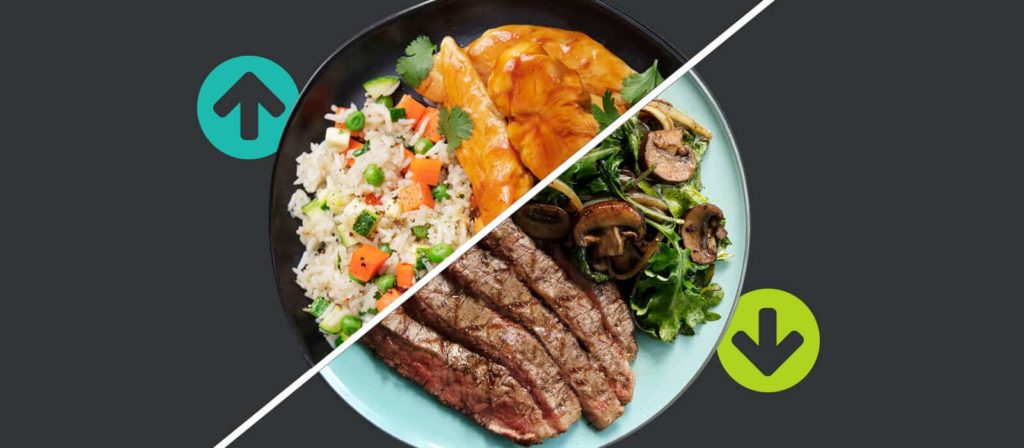ARTICLE AT A GLANCE
Your body type, genetics, and hormonal biosignature all factor in to your overall health and fitness. When you understand your body’s inherent predispositions, you can tweak your diet and training routine to optimize strength, weight loss, and performance. This blog explores:
In the 1940s, American psychologist William Herbert Sheldon identified three main body types: endomorphs, ectomorphs, and mesomorphs. According to Sheldon, endomorphs have larger builds and tend to store higher amounts of body fat, making weight loss difficult. Ectomorphs have lighter builds and, usually, lower levels of body fat. Mesomorphs have above-average muscular builds and low body fat.
Genetic predisposition plays a role in your body type, but physical training, diet, and hormones are major factors in how you look, feel, and perform. For example, certain hormone imbalances can affect how and where your body stores fat, muscle growth and even cellular aging. Your diet and exercise regimen will be the first line of defense for making these hormones work for you rather than against you.
If you understand your body type, genetics, and hormonal biosignature, you can train your body according to its specific needs to successfully reach any fitness goal.
Hormones, Diet, and DNA
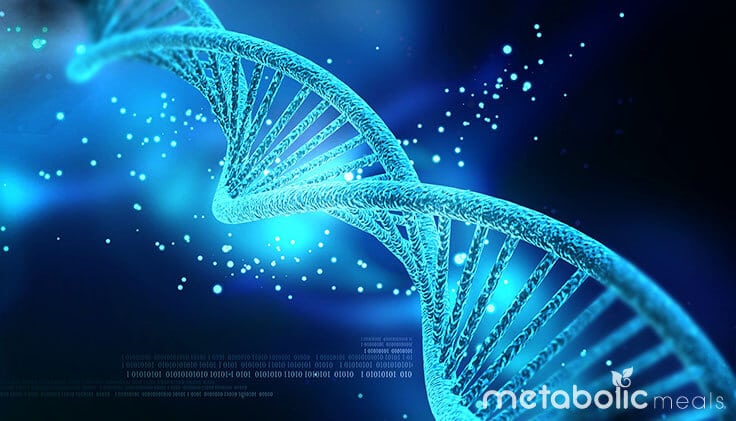
The late Charles Poliquin, one of the most successful strength and conditioning coaches of all time, was known to conduct extensive tests with his pro-athlete and executive clients before designing their training and nutrition programs. During those tests, Poliquin noticed a pattern of hormonal imbalances and corresponding body fat storage in specific areas.
For example, he noticed that poor blood sugar management often corresponded with higher amounts of body fat in the abdomen, love handles, and between the shoulder blades. He also noticed more body fat in the quads and hamstrings of clients who had excessive estrogen levels compared to other hormones, such as testosterone and progesterone. Clients with underactive thyroids often exhibited excess amounts of midaxillary body fat, according to Poliquin’s writings.
In addition to hormonal balance, DNA genotypes are being used more often to customize nutrition and exercise routines.
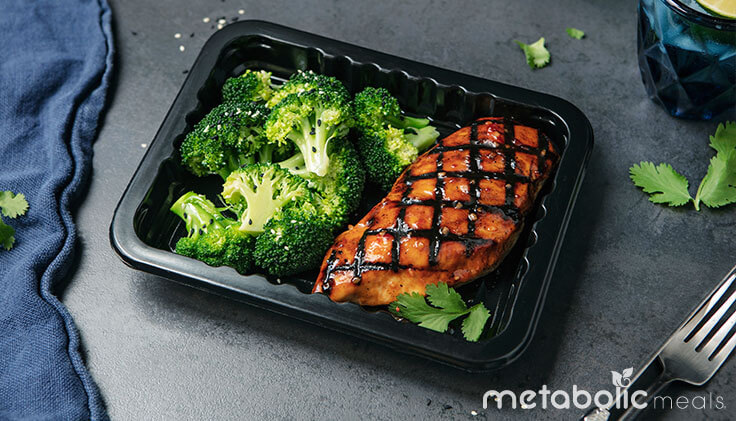
If you’re predisposed to certain micronutrient deficiencies, then the ratios of proteins, fats, and carbs you eat should accommodate them. Certain exercises and supplements can benefit you, but others might not be what your body needs.
No matter your somatotype, your body isn’t chained to any specific characteristics. We all can increase muscle mass or reduce body fat, but our paths to those results might differ from one another. Your biosignature, genetic predispositions, and micronutrient deficiencies are all unique, and understanding them is a major step toward achieving the best results.
Diving Deeper Into Biosignatures
Your body type might be determined by your genes, which aren’t influenced by age or gender. But hormone changes, muscle loss, and lower metabolic rates are associated with aging — and differ in several ways between the sexes. For example, testosterone levels in men tend to decrease by about 1% every year starting at age 30. Meanwhile, women experience hormone fluctuations at multiple points throughout their lives.
When men lose testosterone, they can experience lower energy levels, poor sleep quality, increased fat gain, loss of muscles mass, problems with motivation, sadness, and depression. The loss of sleep can lead to drops in growth hormone production and a boost in insulin resistance, which further erodes the building blocks of testosterone.
In women, estrogen and progesterone are the dominant sex hormones. The neurotransmitter serotonin and metabolic hormones like cortisol and insulin are all regulated in part by estrogen. Progesterone is a natural diuretic that keeps the thyroid functioning smoothly. In many cases, a hormonal imbalance in women means excess estrogen.
Estrogen dominance leads to mood swings, increased appetite, and decreased energy and motivation to exercise. This can cause a woman’s thyroid output can drop, leading to fat gain, water retention, and even hair loss. Studies have also shown that estrogen balance is an important healing factor in the brain following traumatic injuries or damage.
Optimizing Hormone Effects With Nutrition and Training
Knowing these effects and how they might be affecting your nutrition and fitness needs, you can tweak your training and diet to directly optimize the hormones necessary to build muscle, lose fat, and perform better in all areas. Here are a few ways you can adjust your habits and, in turn, alter your hormone levels.
1. To increase testosterone:
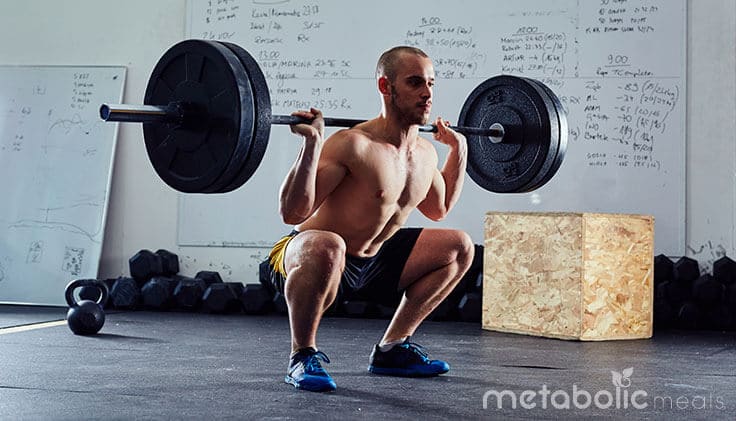
Both men and women rely on testosterone for several reasons. Increasing it can have a positive impact on your mood as well as your strength and energy levels. Strength training in the range of five to 15 reps is ideal. Take every set close to failure. Bigger muscle groups, such as quads, hamstrings, glutes, and lats, elicit larger hormonal responses during training, so focus on squats, deadlifts, pull-ups, and rows.
2. To decrease estrogen:
Estrogen dominance occurs more frequently in women, but it also affects men to a certain degree. Clearing the excess estrogen from your system is a similar process regardless of your sex. Use self-care products that don’t contain phthalates, parabens, petroleum, or artificial colors or dyes. Eat high-quality, grass-fed proteins, plenty of fiber, and cruciferous vegetables like broccoli.
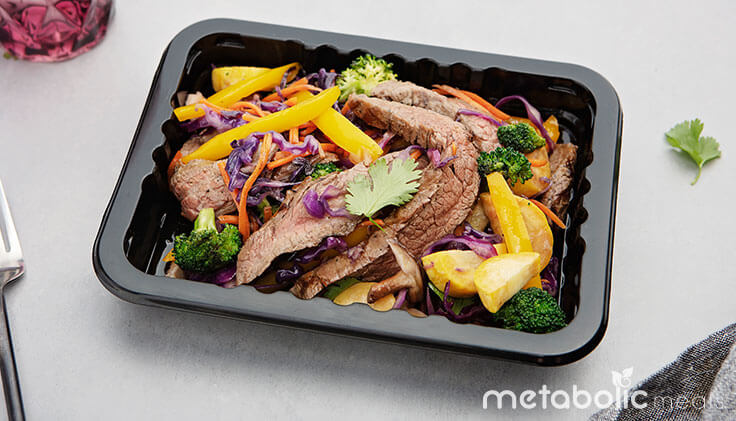
Our Japanese Grilled Grass-Fed Flank Steak with Stir Fry Vegetables is a good source of quality protein and fiber.
Cut back on sugar and find ways to reduce your stress levels every day. If you’re having trouble planning and cooking healthy meals on your own, consider using a company like Metabolic Meals for meal prep delivery.
3. To boost growth hormone production:
Your growth hormone levels are important to your body composition. Having enough growth hormone helps you look younger and boosts your protein production and fat utilization. To increase growth hormone naturally, focus on increasing lactic acid, which gives you that amazing burning feeling in your muscles. Train bigger muscle groups at higher volume and with shorter rest periods. HIIT cardio routines fit the bill perfectly — assuming you’re ready for them.

4. To lower insulin resistance:
When you’re resistant to insulin, you have a higher risk of obesity, cellular aging, diabetes, cancer, and other chronic diseases.
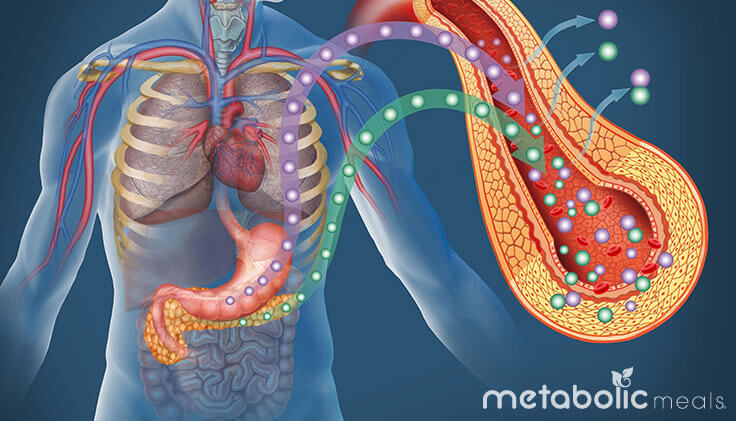
The best way to lower your resistance is to eliminate processed, sugary foods and keep carbs below 100 grams per day. Eat at least 25 grams of protein and at least 5 grams of fiber with each meal. Balance omega-3, omega-6, and omega-9 fatty acids by eating avocado, fish oil, and a variety of nuts and seeds.
You might also consider intermittent fasting, which involves restricting your eating to a short period of the day (eight hours, for example) and fasting for the rest of the day.
While Sheldon’s work in classifying the three main somatotypes has been important in understanding fitness and nutrition, we’ve learned a lot more about our bodies since the 1940s. While your body might fit into one of those three categories, the way it balances hormones and nutrients determines your ultimate health and fitness levels. And with some healthy meal and workout choices, you can help regulate your hormones and make them work in your favor.
Need some help fueling your muscles? We’ve got you covered there too with chef-prepared, ready-to-eat meals delivered fresh to your door.
Jason Barbour is a highly sought-after strength and nutritional consultant for busy executives and has worked with professional athletes from the NFL, NHL, and UFC, including three world champions and an Olympic medalist. In 2009, Jason started Metabolic Meals, one of the country’s largest healthy meal delivery companies with thousands of customers nationwide.

